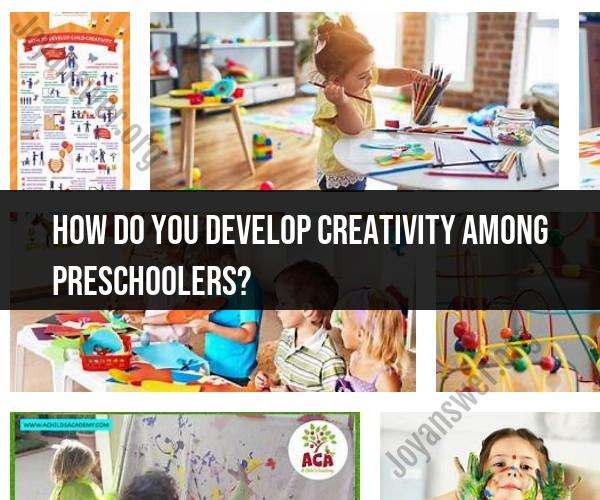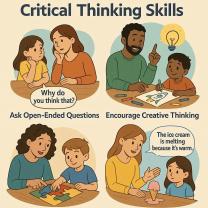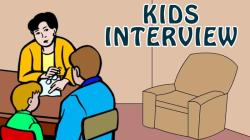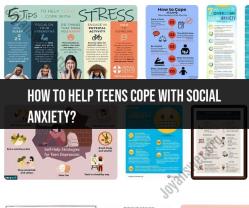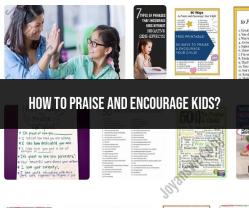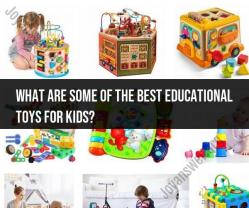How do you develop creativity among preschoolers?
Fostering creativity among preschoolers is important for their cognitive, emotional, and social development. Here are some fun activities and strategies to help develop creativity in preschool-aged children:
1. Art and Craft Activities:
- Provide a variety of art supplies like crayons, colored pencils, markers, paints, and different types of paper. Encourage children to create their own drawings, paintings, and crafts without strict guidelines. Allow them to explore their imagination freely.
2. Storytelling and Imaginary Play:
- Encourage storytelling and imaginative play with toys, puppets, or dress-up costumes. Children can create their own stories and act them out, which stimulates their creativity and language skills.
3. Nature Exploration:
- Spend time outdoors exploring nature. Go on nature walks, collect leaves, rocks, or pinecones, and then use these items to create nature-inspired art projects.
4. Music and Dance:
- Introduce music and dance as creative outlets. Provide simple musical instruments like shakers or xylophones and let children experiment with rhythm and melody. Dance and movement activities can also be a great way to express creativity.
5. Open-Ended Questions:
- Ask open-ended questions that encourage thinking and problem-solving. For example, "What would you do if you could fly?" or "Can you come up with a new ending to this story?"
6. Free Playtime:
- Allow unstructured playtime where children can choose their activities and toys. This allows them to follow their interests and come up with creative play scenarios.
7. Building and Construction:
- Provide building materials like blocks, LEGO, or playdough. Let children use their creativity to build structures and sculptures.
8. Science Experiments:
- Conduct simple science experiments that involve mixing ingredients, observing changes, and making predictions. This helps children develop problem-solving skills and a sense of wonder.
9. Cooking and Baking:
- Involve children in cooking and baking activities. They can measure ingredients, mix, and decorate, which allows them to be creative in the kitchen.
10. Sensory Play:- Set up sensory play activities with materials like water, sand, rice, or play sand. Encourage children to explore textures, colors, and shapes, which can inspire creativity.
11. Creative Exploration Stations:- Create different "exploration stations" with various materials like buttons, fabric scraps, beads, or natural items. Children can move freely between stations, using their creativity to experiment and create.
12. Outdoor Art:- Take art activities outdoors, such as sidewalk chalk drawing, painting with watercolors in the backyard, or creating nature-inspired art using leaves and flowers.
13. Collaborative Art:- Encourage group art projects where children work together on a creative endeavor, like a mural or a collage. Collaboration fosters communication and creative problem-solving.
14. Visit Museums and Galleries:- Take trips to local museums, art galleries, or cultural centers to expose children to different forms of art and creativity.
15. Encourage Questions:- Welcome children's questions and curiosity. Answer their inquiries with enthusiasm and encourage them to seek answers through exploration and investigation.
16. Celebrate Mistakes:- Teach children that mistakes are a natural part of the creative process. Emphasize that creativity often involves trial and error.
17. Provide a Creative Environment:- Create a space at home or in the classroom where children have access to art supplies, books, and materials that stimulate creativity.
Remember that every child is unique, and their creative expressions may vary widely. Encourage and celebrate each child's individual creativity, and create an environment that values and nurtures their creative endeavors.
